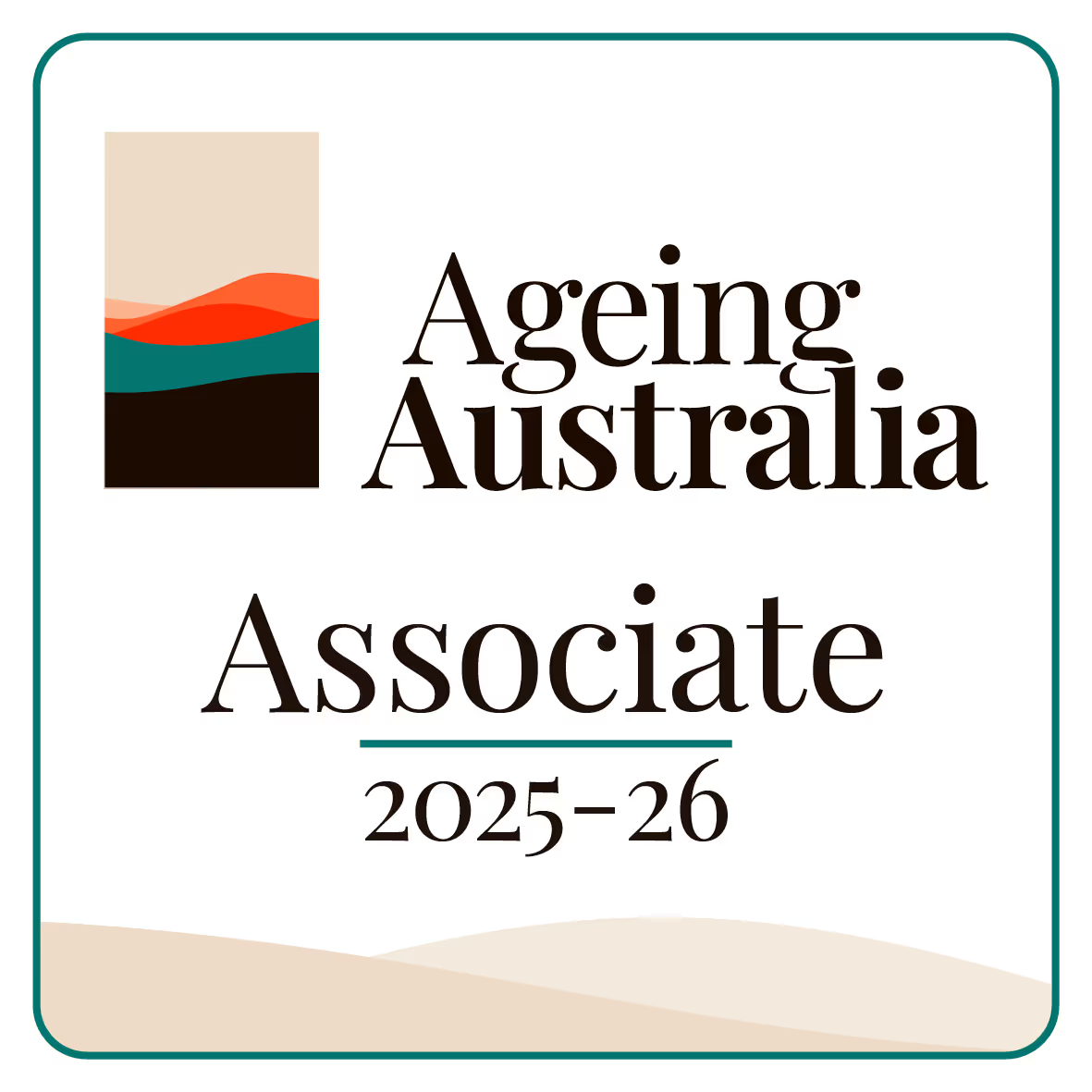What are the Aged Care Quality Standards?
The Aged Care Quality Standards are a set of clear rules that every aged care provider must follow. These standards are written to make sure that every older person who uses aged care services receives safe, respectful, and high-quality care. They cover many areas such as personal care, safety, dignity, and the overall environment in which care is provided. Aged Care Quality Standards serve as a guide for care providers, residents, and families to know what to expect from aged care services.
Why the Quality Standards are Important
These standards are important because they set clear expectations for care providers. When care facilities follow these rules, it helps to build trust among residents and their families. The standards make sure that all aspects of care are reviewed, from how residents are treated to how the facility is managed. They are designed in a way that makes the rules simple to understand. When everyone knows what is expected, it is easier to spot problems and fix them quickly. This means that residents are more likely to live in a safe and comfortable environment.
Key Areas Covered by the Quality Standards

The Quality Standards include several important areas that every aged care provider must follow. Some of these areas include:
- Consumer Dignity and Choice: Residents have the right to make choices about their care and to be treated with respect. They must be listened to and involved in decisions about their care.
- Ongoing Assessment and Planning: Care plans are created based on detailed assessments of each resident. These plans are regularly reviewed and updated to meet any new needs.
- Personal Care and Clinical Care: This area covers how care is given in everyday life. It includes help with daily tasks, health monitoring, and the provision of medicines and treatments when needed.
- Services and Supports for Daily Living: The quality of food, cleaning, and other daily services is also covered. Residents should have access to nutritious meals, clean living spaces, and support for personal hygiene.
- Feedback and Complaints: Residents and their families have the right to provide feedback and to make complaints if they feel that the care is not up to the required standard.
- Human Rights: The standards ensure that the rights of every resident are respected and that they have a safe, fair, and welcoming environment.
How the Quality Standards are Used
Aged care providers use the Quality Standards as a framework for their everyday work. They develop policies and procedures that are in line with the standards. Regular checks and reviews are carried out to see if the facility meets these requirements. Independent inspectors visit facilities to assess whether the care provided is in line with the standards. If a facility does not meet the standards, it must make changes and show improvements. This process is designed to make the care system open and clear for everyone involved.
Benefits for Residents and Families
When aged care providers follow the Quality Standards, residents and their families can feel confident about the level of care offered. The standards act as a promise that the resident will be treated fairly and with care. Families have clear information about what is expected from the facility and can use the standards as a guide if they have concerns. This clear approach helps to build a sense of trust between care providers and residents.
Challenges and Ongoing Improvements
Meeting these standards is not always easy. Aged care providers must work hard to keep their services up to the mark. This may require extra training for staff, better management systems, and regular reviews of the care processes. Sometimes, it takes time for improvements to be made. However, by following the Quality Standards, care facilities are given a clear path to improve and grow. The process helps to address any issues quickly and to provide ongoing support to residents.
Final Thoughts
The Aged Care Quality Standards play a crucial role in making aged care services safe, respectful, and effective. They cover every aspect of care from personal treatment to the management of the facility. These clear rules help everyone involved—from residents and their families to care providers and inspectors—understand what is expected in aged care. By following the Quality Standards, the aged care system works toward providing a safe and supportive environment where older people can live with dignity and comfort.






